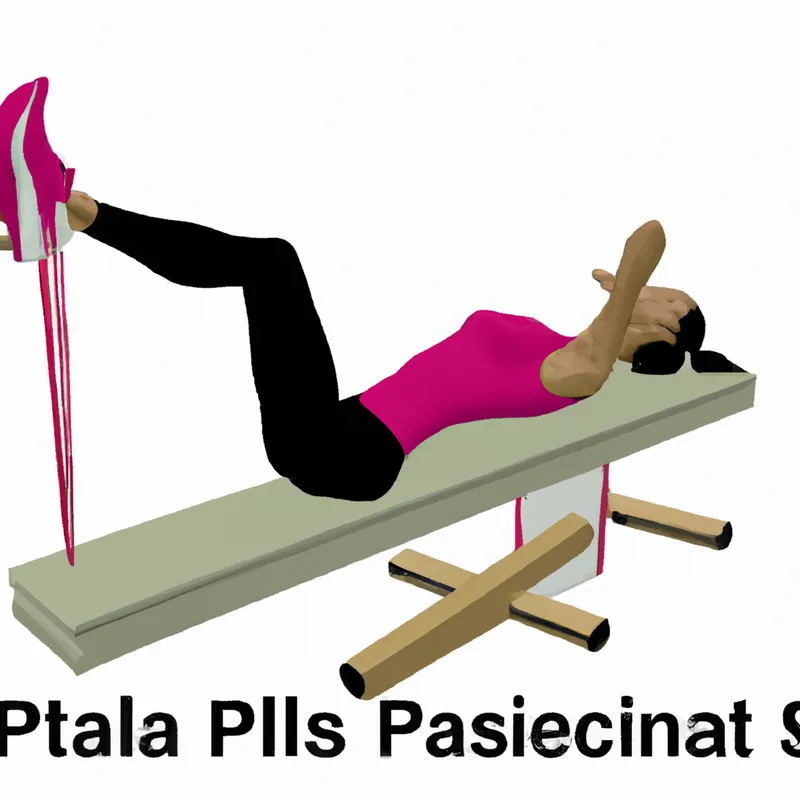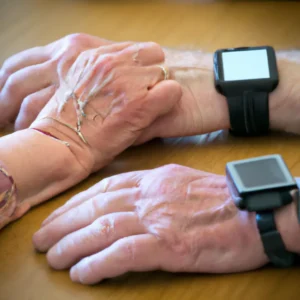Strengthen Your Core: Pilates for Athletes
The Importance of Pelvic Floor Strength for Female Athletes through Pilates
Female athletes encounter unique challenges in maintaining physical health and optimizing performance. Pelvic floor strength plays a crucial role in this aspect. These muscles support vital organs and enhance athletic performance, especially in sports requiring core stability, agility, and endurance. Pilates provides effective methods for improving pelvic floor strength, making it essential for any athlete’s training regimen. This post offers tips for strengthening pelvic floor muscles, advice on integrating Pilates, and highlights the benefits of strong pelvic floors.
Understanding the Pelvic Floor
The pelvic floor comprises muscles and tissues that create a supportive hammock at the pelvis’s base. These muscles support the bladder, uterus, and rectum, influencing urination, defecation, and sexual health. Weak pelvic floor muscles can lead to incontinence, pelvic pain, and decreased performance. A strong pelvic floor enhances core stability, which is vital in many sports. Female athletes must prioritize pelvic floor health in their training strategies.
Tips for Strengthening Your Pelvic Floor with Pilates
Integrate Pilates into your routine to enhance pelvic floor strength. Here are effective tips to begin:
1. Focus on Breathing
Breath control is essential in Pilates. Inhale deeply through your nose, expanding your diaphragm. Exhale slowly through your mouth while engaging your pelvic floor muscles. This technique activates the muscles and fosters a crucial mind-body connection. Practicing proper breathing increases body awareness and improves overall results.
2. Integrate Specific Exercises
Certain Pilates exercises effectively target the pelvic floor. Consider adding these to your routine:
– **The Hundred**: This classic exercise engages your core and pelvic floor simultaneously. Lie on your back, lift your legs to a tabletop position, and pump your arms up and down. Maintain a neutral spine and focus on your breath, engaging your pelvic floor throughout the exercise.
– **Bridge Pose**: Lie on your back with knees bent and feet flat on the ground. Lift your hips toward the ceiling, squeezing your pelvic floor muscles as you rise. This exercise strengthens the pelvic floor and activates the glutes and hamstrings, enhancing overall lower body strength.
– **Single-leg Stretch**: This movement challenges your core while activating your pelvic floor. Lie on your back, bring one knee toward your chest, and extend the other leg. Alternate legs while maintaining control and stability. Engage your pelvic floor during each transition.
3. Maintain Consistency
Consistency is crucial for developing strength in any muscle group, including the pelvic floor.
Conclusion
Strengthening pelvic floor muscles enhances athletic performance and overall health. Incorporate Pilates for lasting results.
Below are related products based on this post:
FAQ
Why is pelvic floor strength important for female athletes?
Pelvic floor strength is crucial for female athletes as it supports vital organs, enhances core stability, and can improve overall athletic performance. Strong pelvic floor muscles help prevent issues such as incontinence and pelvic pain, which can negatively impact performance in sports that require agility and endurance.
How can Pilates help strengthen the pelvic floor?
Pilates offers effective methods for improving pelvic floor strength through targeted exercises and breath control. Specific movements, such as The Hundred, Bridge Pose, and Single-leg Stretch, engage the pelvic floor while simultaneously enhancing core stability. Integrating these exercises into a routine can lead to significant improvements in pelvic floor strength.
What are some tips for incorporating Pilates into my training routine?
To effectively incorporate Pilates into your training routine, focus on proper breathing techniques to engage the pelvic floor, integrate specific exercises that target these muscles, and maintain consistency in your practice. Regularly performing these exercises will help build strength and enhance your overall athletic performance.















Post Comment